
What’s the Impact of CSR? FAQ & Key Benefits for Businesses
Corporate social responsibility (often referred to as CSR) is…
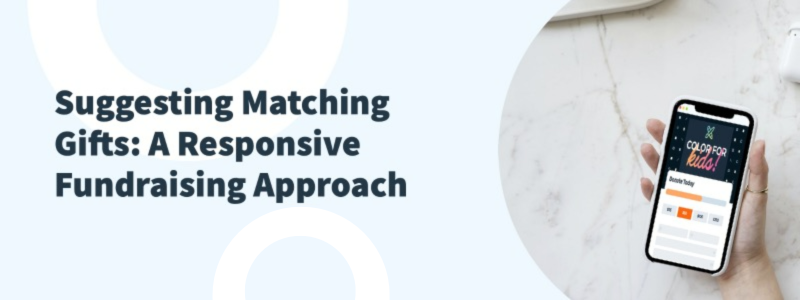
Suggesting Matching Gifts: A Responsive Fundraising Approach
Did you know that an estimated $4-7 billion in unmatched funds…

Givinga and Double the Donation Partner to Enable Matching Gift Auto-Submission
Double the Donation is proud to partner with Givinga to help…
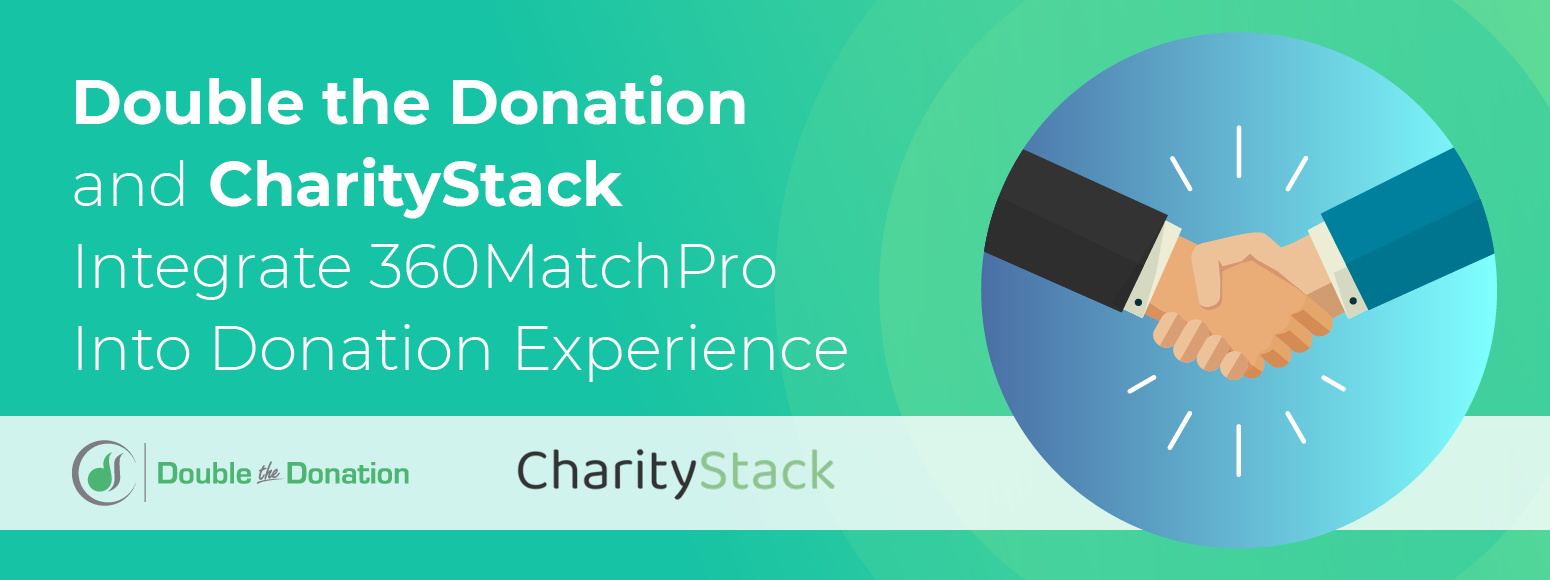
Double the Donation and CharityStack Integrate 360MatchPro Into Donation Experience
Double the Donation and CharityStack are proud to announce…
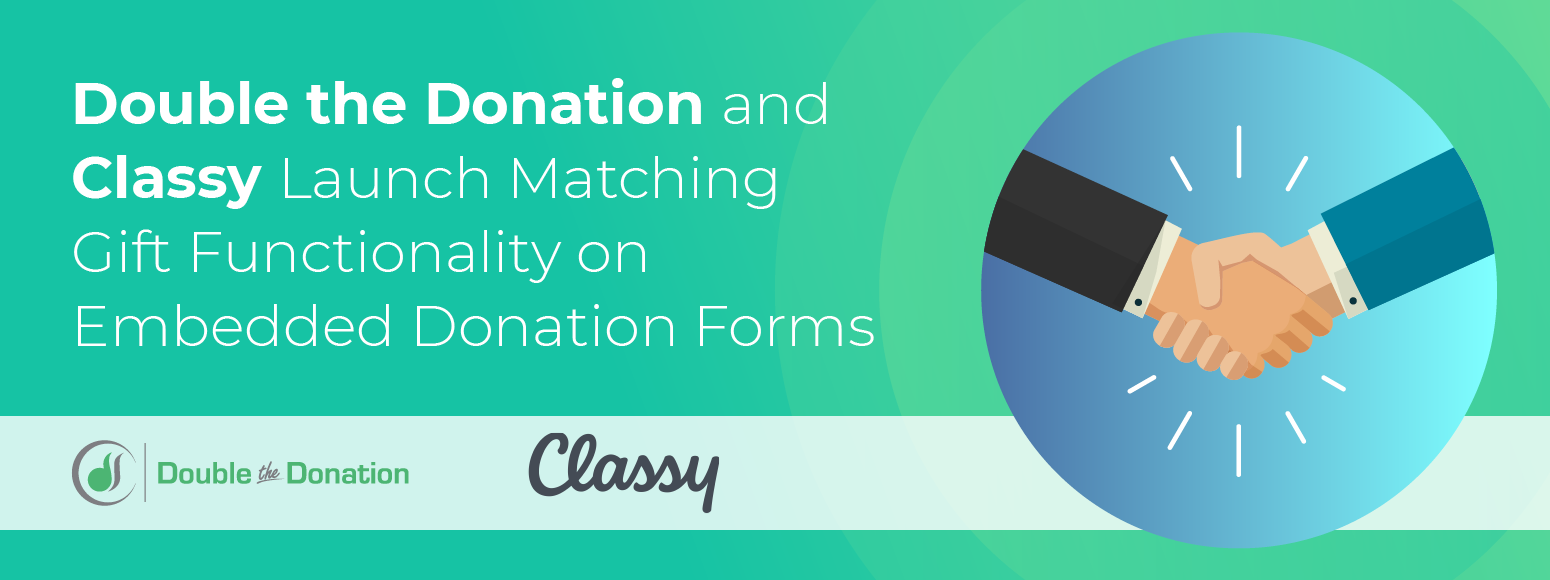
Double the Donation and Classy Launch Matching Gift Functionality on Embedded Donation Forms
Double the Donation and Classy have come together to debut a…
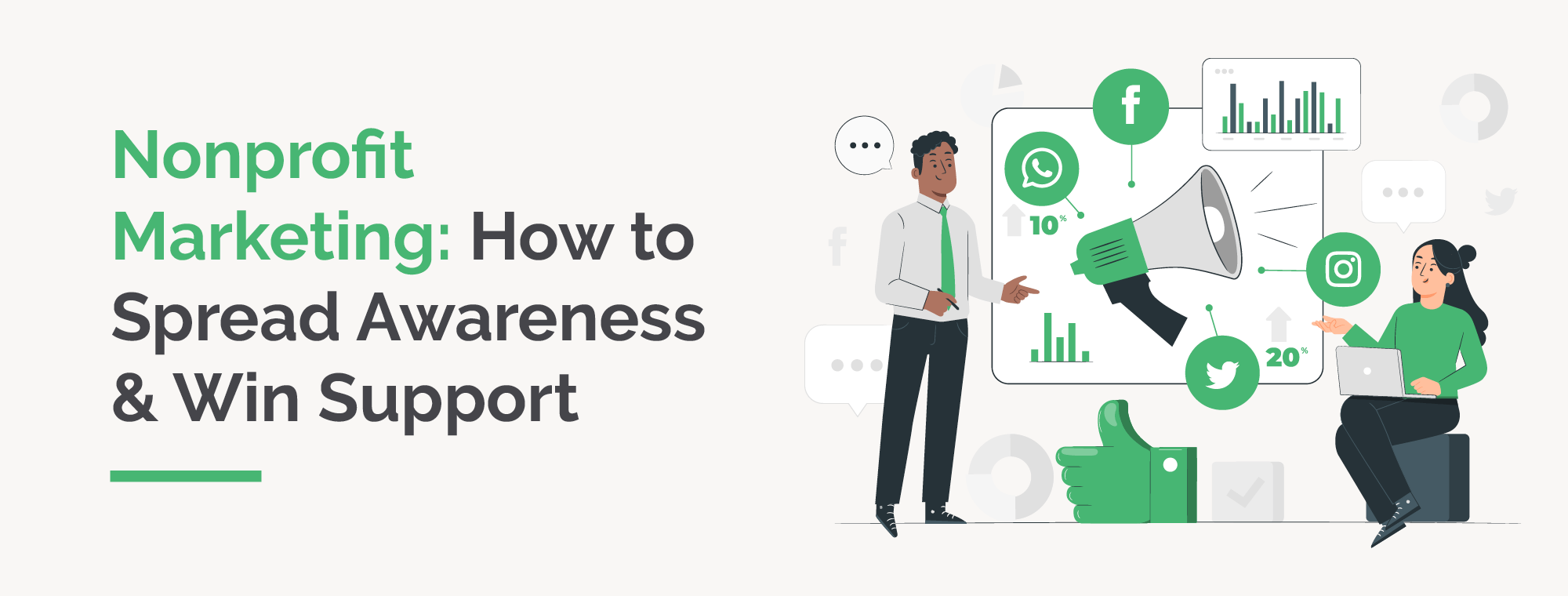
Nonprofit Marketing: How to Spread Awareness & Win Support
Picture this: you’re scrolling through your social media feed.…
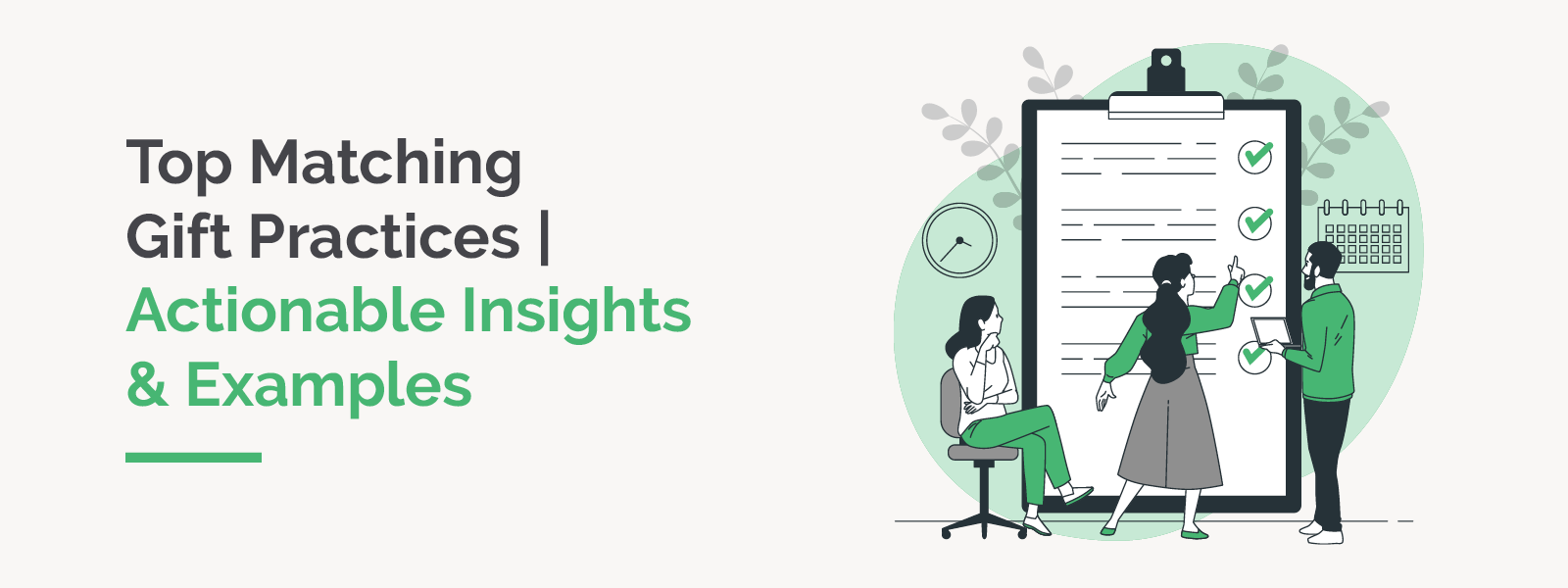
Matching Gift Best Practices | Actionable Insights & Examples
Nonprofits, schools, and other fundraising groups are always…
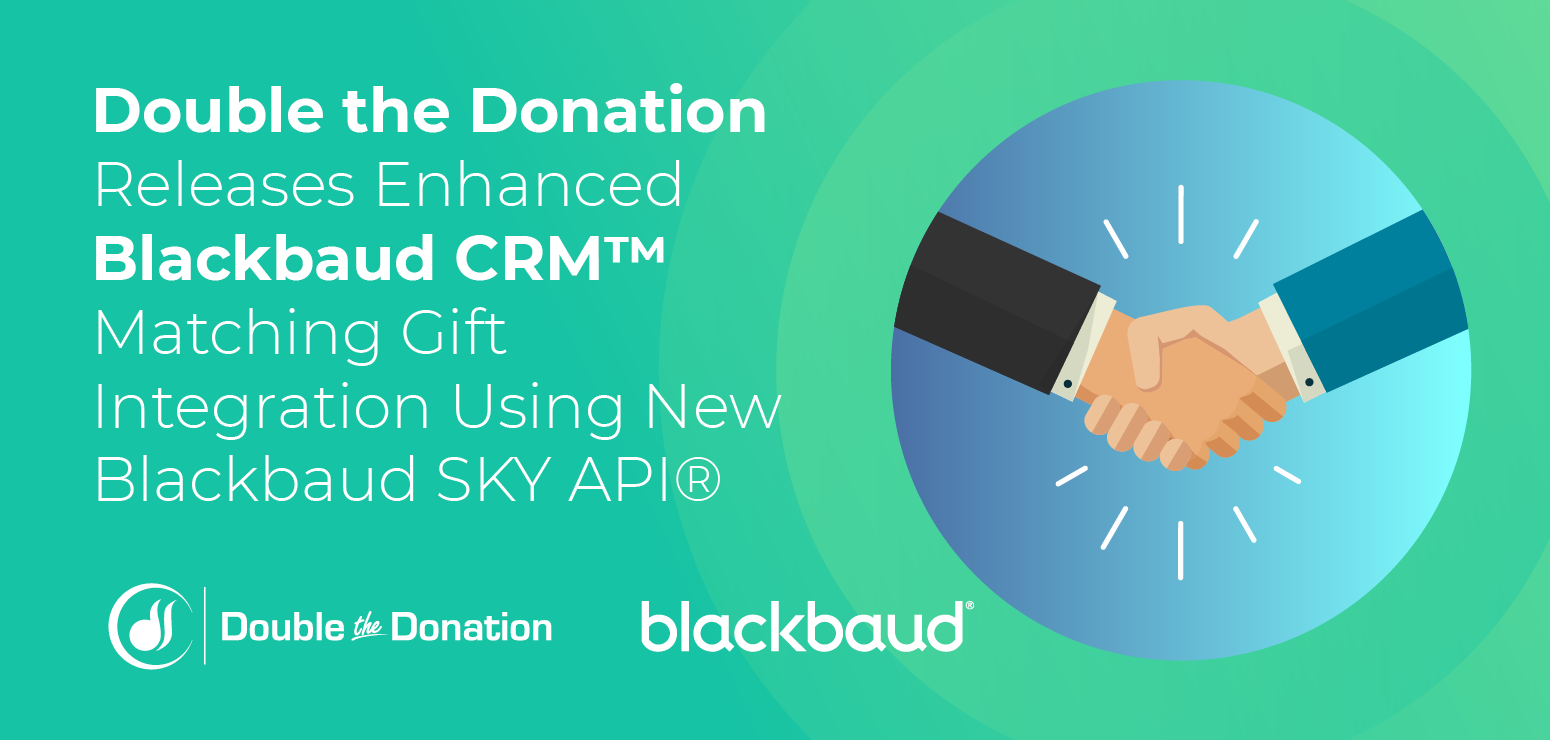
Double the Donation Releases Enhanced Blackbaud CRM™ Matching Gift Integration Using New Blackbaud SKY API®
Double the Donation is excited to debut an enhanced Blackbaud…
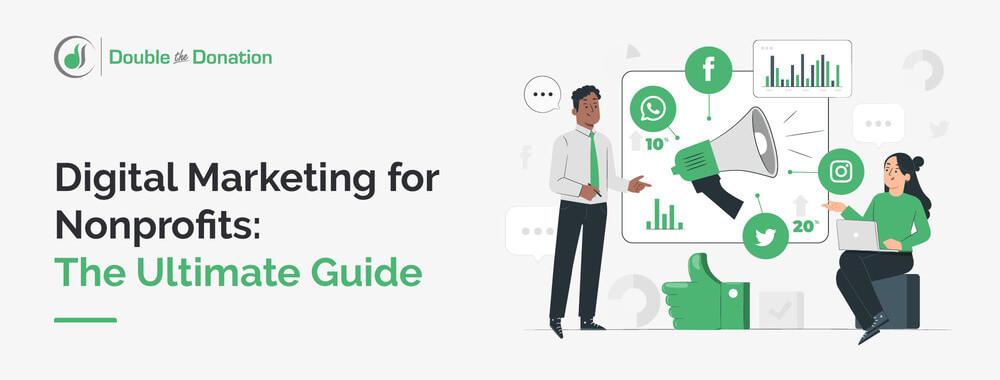
Digital Marketing for Nonprofits: The Ultimate Guide
As a nonprofit marketer, brand awareness is at the top of…
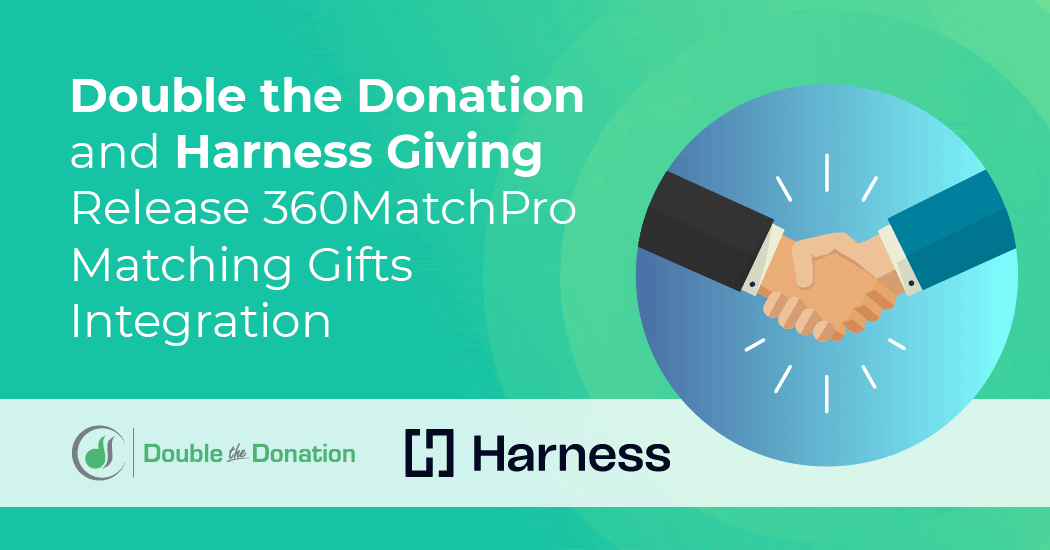
Double the Donation and Harness Giving Release Matching Gifts Integration
Double the Donation and Harness Giving have teamed up to provide…

